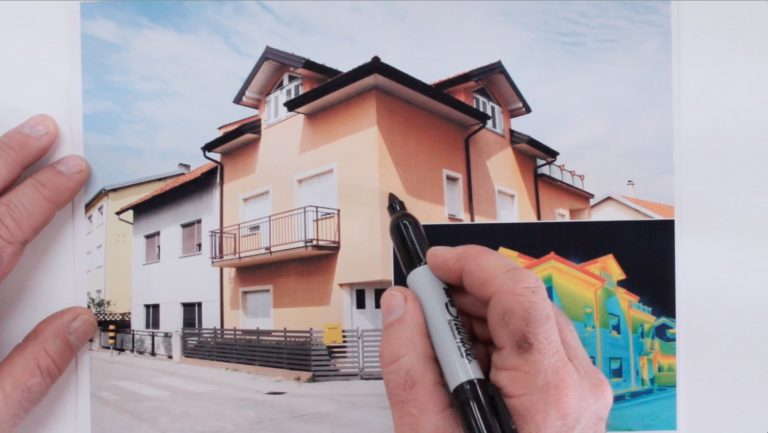Most homes are insulated with some kind of fibre-based insulation such as fibreglass or rock wool, but for these products to work properly they need to be installed with some kind of vapour barrier applied to the warm side of exterior walls. At least this is true for climates where heating is required. A vapour barrier is vital on the warm side of insulation to prevent the development of moisture inside wall cavities during cold weather and the resulting growth of hidden mold. The video below explains the dynamics behind the need for a vapour barrier and how they work.
There’s one thing I don’t know, though. How warm does the climate have to be before a vapour barrier isn’t needed on the warm side of exterior walls? I live in Canada, and we certainly need vapour barriers in homes across the country. But what about further south? Does anyone know at what latitude warm-side vapour barriers cease being necessary? Just curious. Send me an email if you can help answer this question.











